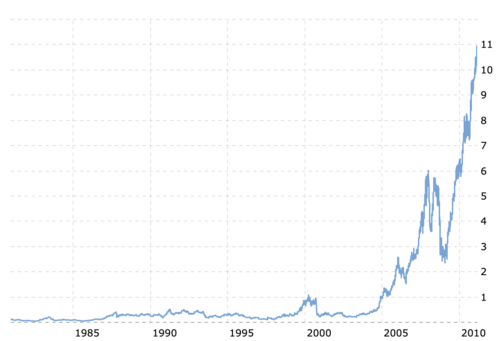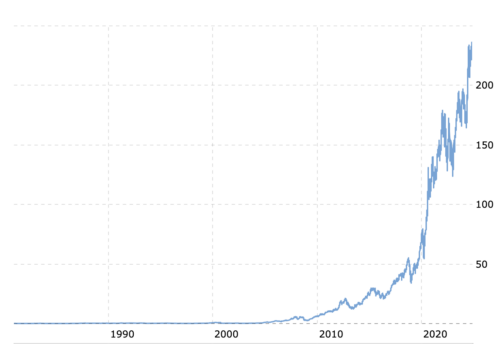
Head of product does not create the product vision
13 de November, 2024
Product Strategy
26 de November, 2024One question that may arise after reading my last article about Head of Product doesn’t create product vision is who creates the product vision when the company grows?
This question appeared in the comments of my post on Linkedin, and Paulo Chiodi, from Product Guru’s podcast, asked me about it for an edition of the guru’s breaking news (in Portuguese).
The questions I received:
- What happens when the company grows and eventually becomes an ecosystem in which other products emerge? Who is responsible for defining the vision of these new products?
- And in the case of a large company or multinational where the founder is no longer present?
- In the case of large companies or companies that are not early-stage startups, whose responsibility is the product vision?
- Who is responsible for creating the product vision when we are dealing with already established companies, such as corporations, or public organizations?
- What changes in the case of more mature companies, where the structure is more complex and distant from the “founder”?
Founder not present
The fact that the founder is no longer present does not mean the founder’s vision is no longer present. Several century-old companies continue to have the founder’s vision, which has evolved from those who succeeded the founder. The vision will not be recreated from scratch because the founder is not involved in the day-to-day running of the company; it will evolve as it is executed, and we learn from this execution.
A famous case in which the founder was fired and his vision was ignored is Apple, founded in 1976 by Steve Jobs, Steve Wozniak, and Ronald Wayne. The company went public in 1980, and in 1985, the company’s board fired Steve Jobs and placed the company under professional management, ignoring Jobs’ vision for Apple. During this period, Apple’s share price “went sideways,” as the financial jargon goes. In 1997, Apple’s board decided to buy the company NeXT, founded by Steve Jobs when he was fired from Apple. With this, Steve Jobs returned to Apple, and his return, with the clarity of his vision, directly impacted the value of Apple shares.
Steve Jobs was in charge from 1997 until 2011, when he announced his resignation and recommended Tim Cook as his successor. See the impact of the founder’s presence on Apple’s stock price, which jumped from $1 per share to $11 per share in a period of 14 years.
Tim Cook took over as CEO in 2011. Before being named CEO of Apple, he was Apple’s COO and previously worked at Compaq and IBM. He was never a company founder; he was always a professional manager. When he took over as CEO of Apple, he did not throw away the original vision and created one from scratch. He chose to evolve Steve Jobs’ original vision, which has yielded excellent results from the point of view of share value. In the 13 years that Tim Cook has led the company, evolving Steve Jobs’ vision, the share price has gone from $11 to over $230, multiplying the value per share by almost 21 times.
Company with many products
In 2013, I wrote about the importance of diversifying a product portfolio. I help several companies diversify their product portfolios. I have been diversifying my product portfolio since I co-founded Dialdata in the 1990s, one of the first internet access providers in the country. When I joined Locaweb in 2005, my mission was to help diversify the company’s product portfolio. At that time, the first free website hosting providers were appearing. Because of that, Gilberto Mautner, the founder of Locaweb, wanted to diversify the company’s product portfolio by creating technology products that would help companies start and thrive. That was his vision. Which products? We tried everything, some worked, others didn’t. Each product had its vision, which was based on the vision of being a technology product that would help companies to be born and thrive:
- Email Marketing: a technology product that would help companies to be born and thrive by allowing companies to communicate with their customers and potential customers about news and promotions.
- Virtual Store: a technology product that would help companies to be born and thrive by allowing companies to sell their products and services online.
- Cloud Server Pro: a technology product that would help companies to be born and thrive by allowing companies to have a robust and scalable infrastructure for hosting applications and websites.
And so on. Even when the company grows and starts to have a portfolio of products, these new products end up deriving from the original vision of the first product, which evolves as the client uses these new products, and we learn new things from this use.
Public organizations
Public organizations, synonymous with public administration, are the bodies and other entities whose main objective is to carry out all the administrative activities of the State.
The public sector, also called the state sector, is the part of the economy composed of both public services and public enterprises. A public service is any service intended to address specific needs pertaining to the aggregate members of a community. A public enterprise is a business entity created or owned by a national or local government, either through an executive order or legislation. (Fonte: Wikipedia)
When created, these entities are created with the vision of being the solution to a public problem. There is a vision that belongs to the person who is proposing the creation of this public organization. This person is, in a way, the “founder” of this public organization, and this vision is or should be, very clear to everyone working there.
Summary
- Even in large companies where the founder is not present, the people in the company must continue to evolve the founder’s original vision, as is well exemplified by the case of Apple.
- For multi-product companies, the new products created derive from the vision of the original product and help evolve that vision.
- Public organizations are created to solve a public problem in some way. The original vision of the people who proposed the creation of the public organization is the “some way.”
Workshops, coaching, and advisory services
I’ve been helping companies and their leaders (CPOs, heads of product, CTOs, CEOs, tech founders, and heads of digital transformation) bridge the gap between business and technology through workshops, coaching, and advisory services on product management and digital transformation.
Digital Product Management Books
Do you work with digital products? Do you want to know more about managing a digital product to increase its chances of success, solve its user’s problems, and achieve the company objectives? Check out my Digital Product Management books, where I share what I learned during my 30+ years of experience in creating and managing digital products:
- Digital transformation and product culture: How to put technology at the center of your company’s strategy
- Leading Product Development: The art and science of managing product teams
- Product Management: How to increase the chances of success of your digital product
- Startup Guide: How startups and established companies can create profitable digital products





